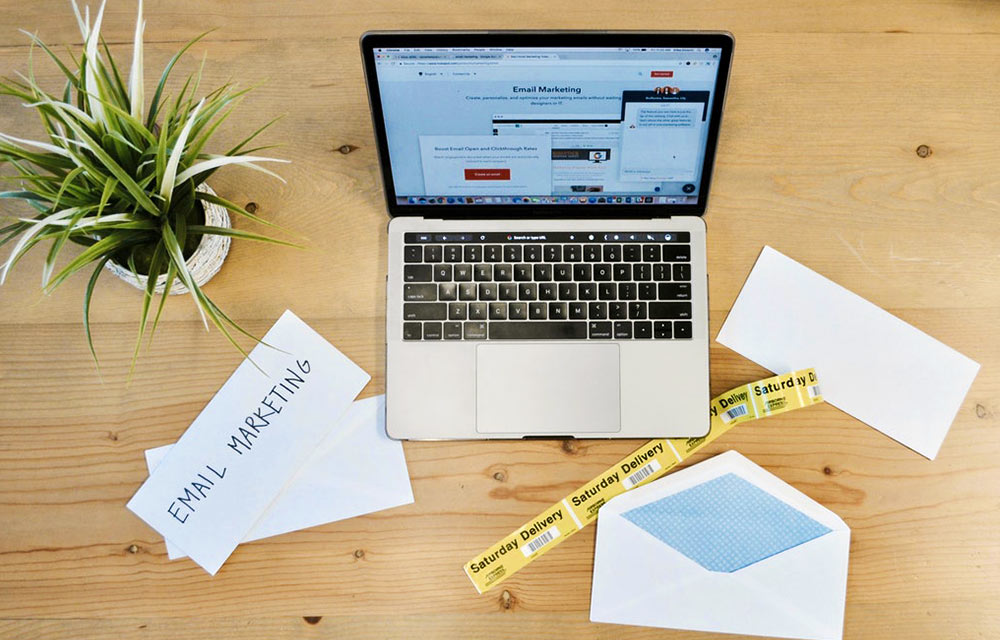When it comes to promoting a conference, the reputation of the speakers is of course one of your main assets. However, it can be more useful to schedule the best speakers as opposed to the most renowned. Those who are most knowledgeable about the subjects chosen, and who have the best approach to sharing this knowledge, may not have the recognition they deserve.
If this is the case, how can you persuade your audience to believe your promises and purchase a ticket for your conference? What’s the best way to highlight a speaker’s talents? Webinars are among the best solutions to consider, and we provide you with the keys to their success.
Summary
- Opt for webinars
- Collect registrations
- Lead according to your preferred style
- Communicate after your webinar
1. Opt for webinars
As a conference organiser, you should give your potential attendees a clear idea of what to expect in order to encourage them to purchase tickets. You should prove your speakers’ credentials and demonstrate the value of the content on offer to your audience.
To do this, it is highly recommended that you create a blog in which you can publish high-quality articles. This will demonstrate your grasp of your conferences’ themes and your ability to identify specialists in these subjects. In this article, we suggest that you go even further by organising free webinars to significantly increase interest in your future conferences.
Free webinars are perfect for presenting your speakers to your audience and giving the latter more details about the actual content of your conference. They also provide a fantastic tool for developing your own guest list, and encourage those who visit your site/blog to get involved. These people tend to see videos as much more appealing than pure text. They will therefore be much more prepared to give you their email address in exchange for a free ticket for an exclusive webinar.
Don’t forget that the email addresses you collect are a goldmine. In them, you will have a highly targeted list of potential attendees among whom you can promote your future conferences.
2. Collect registrations
Webinars are easy to implement, and the technological tools available online — such as Google Hangouts, join.me and Zoom — have the features you need to organise everything.
Once you’ve made your choice, communicate wherever you see fit and redirect potential attendees to a dedicated registration page, on which you will have customised the information fields that you need. You will thus have useful data on your guests before the webinar. This will allow you to gain an idea of which themes interest your attendees — providing you have designed your registration form.
Once they have registered, your attendees will receive an email in which you will provide details concerning the time and date of the webinar, as well as a link that they can use to attend. Alternatively, you can create a ‘first-come, first-served’ webinar by sending this link to your list of attendees.
3. Lead according to your preferred style
Webinar tools are very useful and their design is generally easy to grasp. Moreover, their features go a long way in allowing you to interact with your audience.
Generally speaking, you can have up to 4-6 people visible on the screen at the same time via their webcams or smartphones. This is an excellent way for members of your audience to familiarise themselves with your speakers. In just one click, you can share your screen and allow your audience to see exactly what you can see. This is ideal for sharing presentations or websites. If you prefer not to share your screen, you can simply send documents that all of your attendees can access.
If you wish to interact with your audience, attendees can communicate with you using an instant messaging window. This enables them to ask you questions as the webinar progresses. You can choose whether to respond as time goes on or wait for the end of the session.
This feature also allows you to implement a question-and-answer session at the end of your webinar, during which your audience can ask questions relating to your future conference.
4. Communicate after your webinar
Your interaction with your audience doesn’t end with your webinar. Maintaining communication with members of your audience depends on you alone. For example, you can send them a survey with questions that are specific to your content, or ask them for suggestions for future themes. This information can be particularly useful, and allows you to adjust the format of your future webinars. This, in turn, will enable you to sell more tickets for your conference.
Another option is available to you. Send a general email thanking attendees for coming and include a link to your conference’s ticketing service. If they liked your webinar, they will be much more likely to attend the event in person and recommend it to others.
The quick preparation time and relatively low cost of webinars make them an opportunity waiting to be seized for conference organisers. This not only helps build attendees’ loyalty, but also allows you to test content without taking any risks. You can thus discover what is appealing and what makes your tickets sell.
Are you already starting to envisage the webinar that will go with your conference? Is your future conference already being prepared? With our tools, enjoy access to all the features you will need. Collect your registrations, edit your tickets, control access rights, communicate with your attendees, and much more by clicking on the button below:


